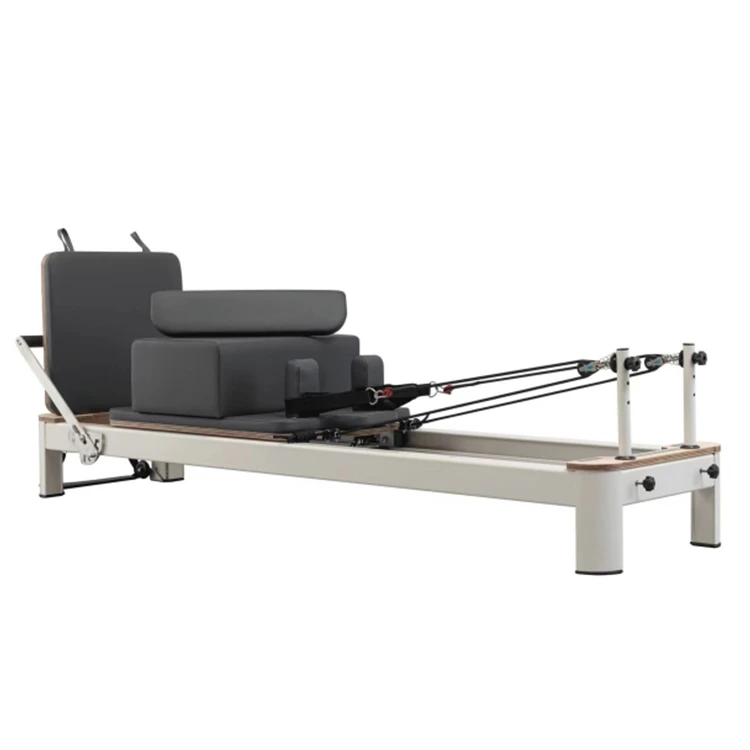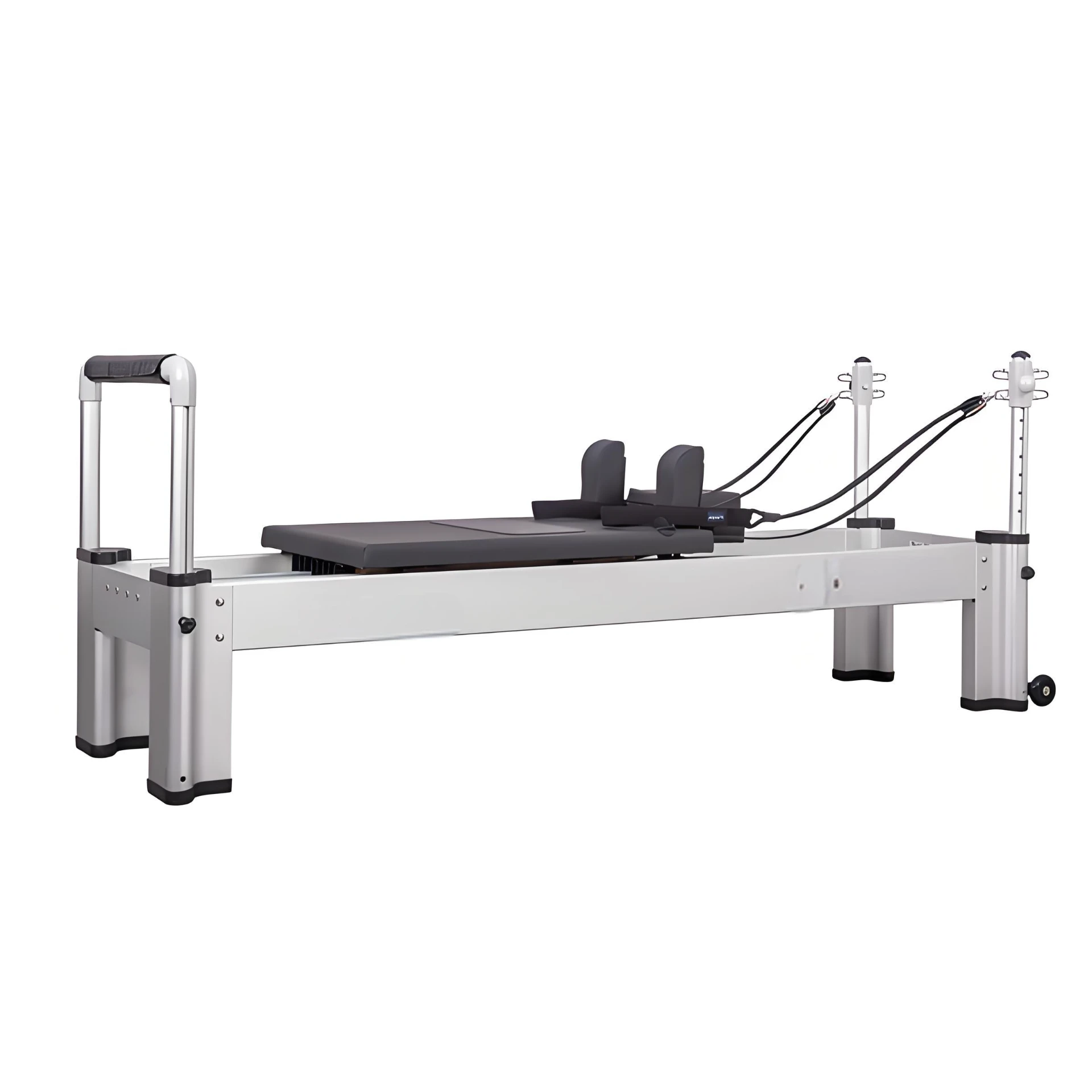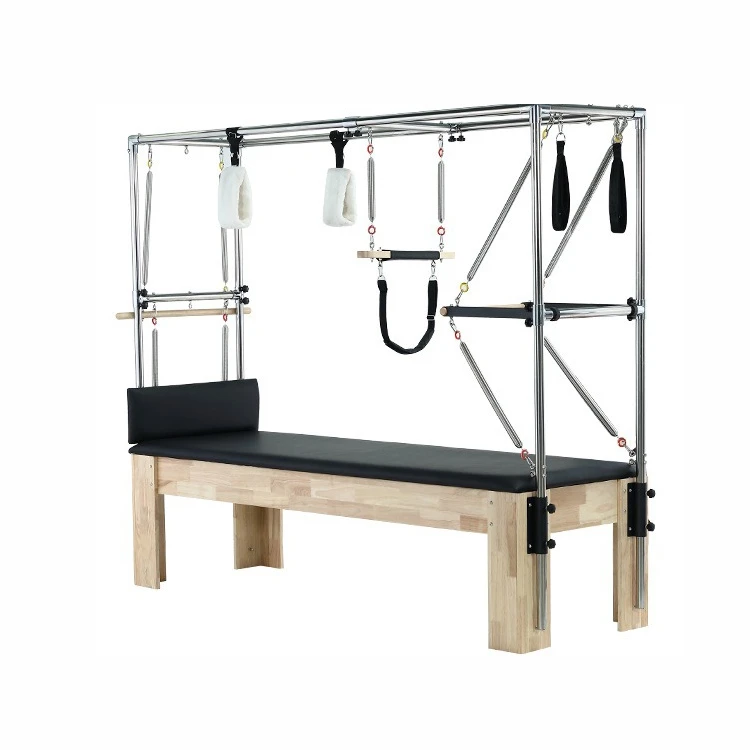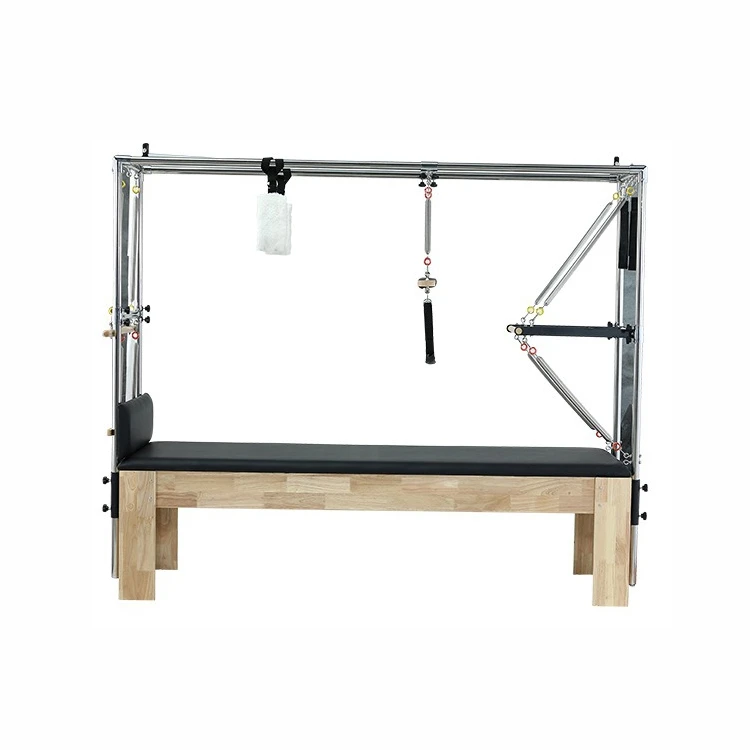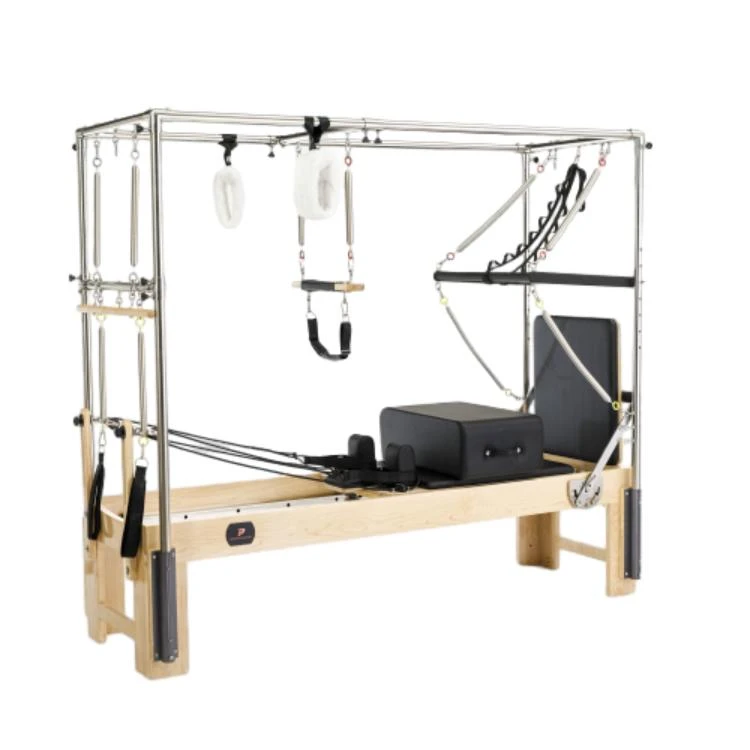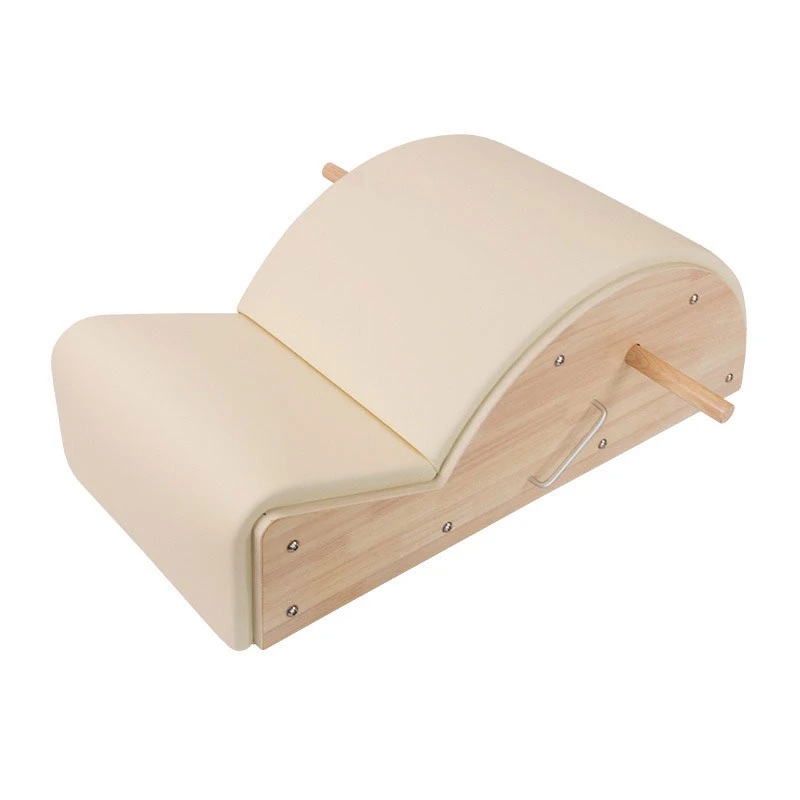Exploring Various Styles and Approaches to Pilates for Better Fitness and Wellbeing
Exploring Different Types of Pilates A Comprehensive Guide
Pilates is a versatile exercise method that has gained immense popularity over the years for its ability to improve flexibility, strength, and overall body awareness. Developed by Joseph Pilates in the early 20th century, this fitness system focuses on controlled movements, breathing techniques, and alignment, making it suitable for individuals of all fitness levels. In this article, we will explore the different types of Pilates, their unique characteristics, and benefits.
1. Classical Pilates
Classical Pilates is the original system developed by Joseph Pilates. It follows a specific sequence of exercises performed on a mat or Pilates equipment, such as the Reformer. This type emphasizes the core principle of maintaining control and precision in movements. Classical Pilates is often taught using a series of “ordered” exercises, ensuring that practitioners receive a comprehensive workout targeting strength, flexibility, and balance. It's an excellent choice for those seeking a traditional Pilates experience and a deeper understanding of the method's foundational principles.
2. Contemporary Pilates
Contemporary Pilates, while rooted in the classical method, incorporates modern knowledge of anatomy and biomechanics. This approach is more adaptable, allowing instructors to modify exercises based on an individual's needs and abilities. With a focus on functional movement patterns, contemporary Pilates may include props such as resistance bands, stability balls, and foam rollers to enhance workouts. This type is ideal for those looking for a personalized experience that can accommodate various fitness goals and physical limitations.
3. Mat Pilates
Mat Pilates is performed on a mat without the use of specialized equipment, making it an accessible option for many people. This type emphasizes body weight resistance, focusing on core strength, flexibility, and alignment. Mat Pilates classes often incorporate small props such as hand weights, bands, or magic circles to increase the intensity of the workout. It is perfect for those who prefer a low-cost, convenient way to practice Pilates at home or in a group setting.
different types of pilates
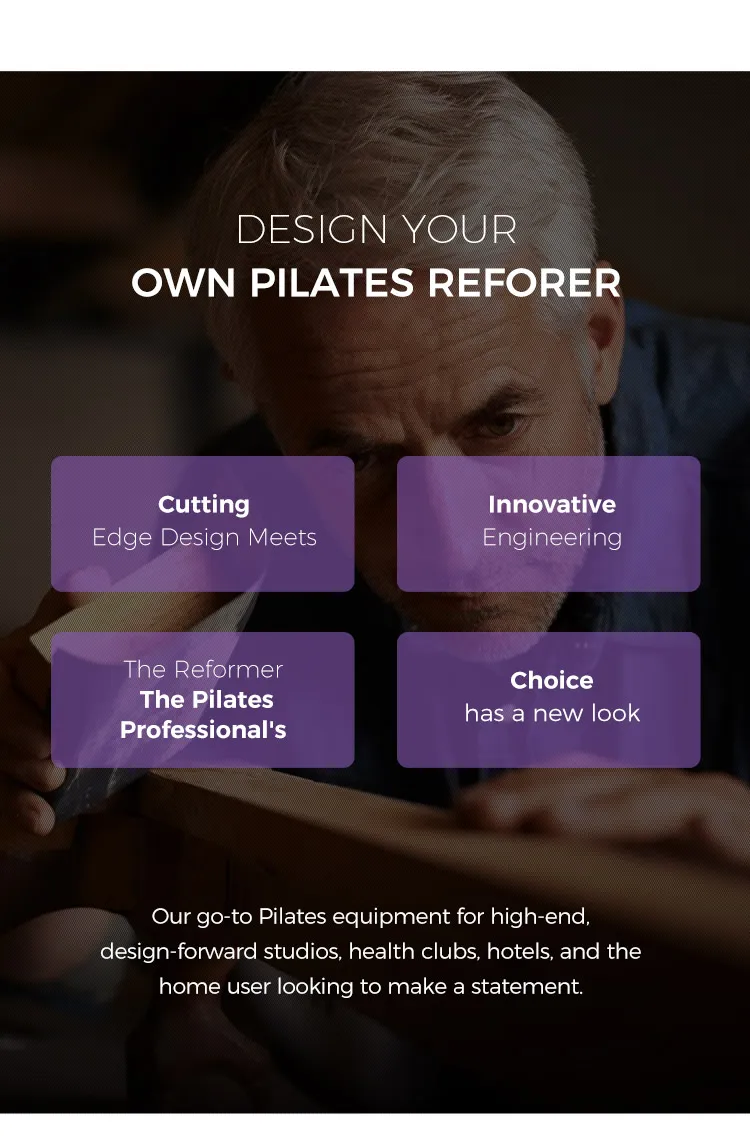
4. Reformer Pilates
Reformer Pilates utilizes a specialized piece of equipment called the Reformer, which consists of a moving platform, springs, and straps. The Reformer allows for a wider range of exercises, providing an adjustable resistance that can be tailored to individual fitness levels. This type of Pilates focuses on both strength and flexibility while promoting proper alignment. Reformer Pilates is particularly beneficial for those looking to rehabilitate injuries, as the equipment provides support and stability during movements.
5. Stott Pilates
Stott Pilates is a contemporary approach developed by Moira Merrithew and Lindsay G. Merrithew, which emphasizes the importance of spinal alignment and neutral posture. This method incorporates modern scientific principles and research to create exercises that enhance core stability and muscle balance. Stott Pilates often includes the use of various equipment, including Reformers and stability chairs. It appeals to individuals seeking a rehabilitative and corrective approach to fitness.
6. Power Pilates
Power Pilates takes a more intense and dynamic approach to traditional Pilates, focusing on building strength and endurance through high-energy workouts. This type often integrates elements of cardio and resistance training, providing a challenging yet rewarding experience. Power Pilates classes typically emphasize movement flow and can be a great choice for those looking to push their limits and boost their cardiovascular fitness alongside traditional Pilates benefits.
Conclusion
Pilates, with its diverse range of styles, offers something for everyone. Whether you're looking to strengthen your core, improve flexibility, or rehabilitate from an injury, there is a type of Pilates to suit your needs. Understanding the different types of Pilates can help you choose the right approach for your fitness journey, ensuring that you reap the benefits of this transformative exercise method. Whether you prefer the classical or contemporary styles, mat or equipment-based workouts, Pilates is a holistic way to enhance your physical and mental well-being.
Latest news
-
Types of Pilates Machines Used in Group Classes Versatility GuideNewsJul.07,2025
-
Pilates Spine Corrector Benefits for Posture and Core StrengthNewsJul.07,2025
-
Pilates Chair for Sale Adjustable Spring Systems for All Fitness LevelsNewsJul.07,2025
-
Ladder Barrel for Sale Commercial-Grade Wooden ConstructionNewsJul.07,2025
-
Eco-Friendly Pilates Studio Equipment Sustainable Materials GuideNewsJul.07,2025
-
Adjustable Pilates Chair Settings for All Fitness LevelsNewsJul.07,2025
- Address
- Room 1601, 1302, Building A, Zijingguandi, Qiaodong District, Xingtai City, Hebei Province, China
- Sandra@raetin.com
- Phone
- +86 18231139331

